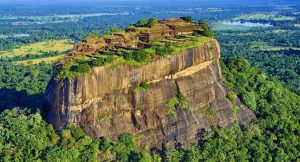Vaishno Devi is amongst the most revered Hindu pilgrimage sites in India. Nestled in the Trikuta Hills in Jammu, the cave temple of Goddess Vaishno Devi, who is the manifestation of Goddess Parvati or Shakti is the said to be the abode of 33 Hindu gods. An all season pilgrimage, Vaishno Devi is thronged by more than 10 millions pilgrims every year. The devotees choose different ways like walking bare feet as well as crawling all the way up to seek Goddess’ blessing and pay gratitude for the wish fulfillment. Vaishno Devi is believed to be the bestower of strength to the weak, sight to the blind, wealth to the poor and bless childless couples with children. This is why followers make it a point to visit her regularly, in spite of the shrine being quite unapproachable, location-wise.
Here are some of the interesting facts about Vaishno Devi that will make you want to visit the Shrine:
- It is believed that Mata Vaishno Devi, who was also known as Trikuta observed the ‘Navratra’, to pray for the victory of Lord Rama against Ravana. It is also said that Lord Rama also ensured her that the entire world would sing her praises and revere her as Mata Vaishno Devi. Thus, it is due to Rama’s blessings that Mata Vaishno Devi attained immortality and now attracts thousands of pilgrims to the shrine each year.
- Bhairo Nath, who chased Mata Vaishno Devi and pestered her to marry him, was actually sent by Gorakh Nath, who was a Mahayogi. Gorakh Nath had a vision of the conversation between Lord Rama and Vaishnavi. Led by curiosity to know more about Vaishnavi, the Mahayogi sent his prime disciple to collect information about the Goddess.
- Mata Vaishno Devi had an Ashram on the foothills of Trikuta. The ashram was constructed on the instructions of Lord Rama, who ensured Vaishnavi to built an ashram where they will live after getting married in the Kaliyug.
- The Goddess after forgiving Bhairo Nath and allowing him to attain Moksha shed her human form and took the form of a rock in order to continue uninterrupted meditation. Mata Vaishno Devi, hence, gives her devotees darshan in the form of a five and half feet tall rock, with three pindies or heads on the top. The cave where she transformed herself is now the holy shrine of Vaishno Devi and the pindies form the sanctum sanctorum.
- There are many legends for establishment of Mata Vaishno Devi Temple. However, the legend related to Pandit seems most appropriate. It is said that Pandit Sridhar was a poor sage, who had a vision of Mata Vaishno Devi indicating him the route to the temple. It is also believed that whenever Sridhar losts his way, Vaishno Devi appeared in his dream to guide him.
- Certain geological studies indicate that the caves are a million year old. On the other side the earliest reference to a mountain deity named Trikuta has been made in the Rigveda scripture of Hindu. It is worth noting that the worship of Shakti and other female deities started only during the Puranic era.
- The mention of Vaishno Devi is made in the Hindu epic Mahabharata. The epic states before the Great War of Kurukshetra, Arjuna meditated upon the Goddess, seeking her blessings for victory. Arjuna is said to have described the Devi as “Jambookatak Chityaishu Nityam Sannihilaye”, which means “the one who permanently resides in the temple located on the slope of the mountain in Jamboo”. Here Jamboo might refer to Jammu according to several scholars.
- Navaratri is considered the most auspicious time to visit Mata Vaishno Devi cave temples. Visiting Vaishno Devi during the Navaratras is believed as being one step closer to attaining heaven.
- It is believed that the late Sikh Guru, Guru Gobind Singh himself visited Vaishno Devi in his lifetime.
- There are three main caves located at Vaishno Devi, of which the main cave remains closed most of the year. It is said that the three caves combined are too long for a single pilgrimage and that is why only two caves are kept open for the flock of people to see.
- The route that leads to the cave temple is not the original entrance. It is said that the original route to Vaishno Devi was not wide enough to accommodate the multitudes who swarmed it. In order to make more space, the mountain was split in half to build a new road, at Ardh Kuwari (the halfway point).
- It is reckoned that the few fortunate pilgrims are able to witness the main cave of the temple. It is said, whenever there are less than 10000 pilgrims for the Darshan, the doors to the main cave is opened by the authority. This is most likely to take place during the winter Vaishno Devi Yatra in the months of December and January.
- The ancient cave as the Mata Vaishno Devi Shrine holds lot of importance. It is believed that this cave preserves the body of Bhairo Nath whom the Goddess killed with her Trishul (Trident). The legend has it when Vaishnavi Devi beheaded Bhairo Nath, his head flew to the Bhairav Valley and his rest of the body remained in the cave.
- It is said that a stream of Ganga flows through the cave. The devotees wash themselves with this water before heading to the temple.
- At Ardhkuwari a separate cave is situated to which an interesting legend is attached. This separate cave is said to be the place where Vaishno Devi hid from Bhairo Nath for 9 months. It is said, the Goddess positioned herself in the same way as an unborn child is placed in his/her mother’s womb. This cave is also known as Garbhjun.
- According to believers, those who enter Garbhjun cave acquire freedom from entering the womb again. If incase one is born again/or is conceived by the mother then one is free from all the problems during childbirth.


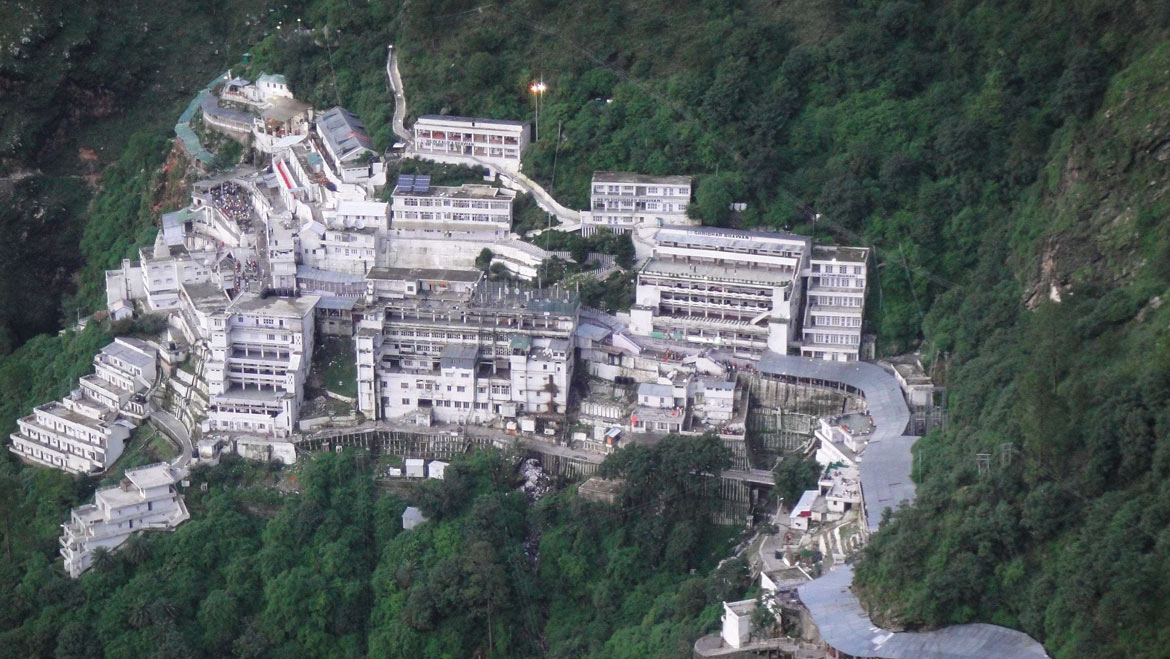
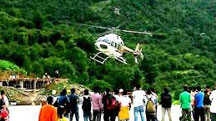 3 Nights / 4 Days
3 Nights / 4 Days 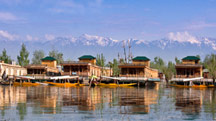 3 Nights / 4 Days
3 Nights / 4 Days 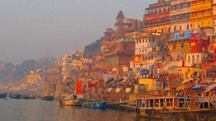 15 Nights / 16 Days
15 Nights / 16 Days 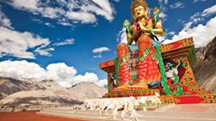 4 Nights / 5 Days
4 Nights / 5 Days 







